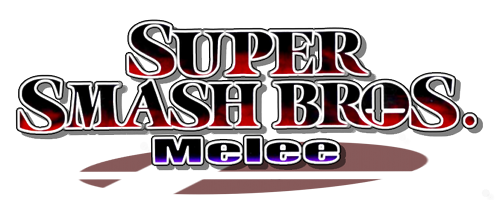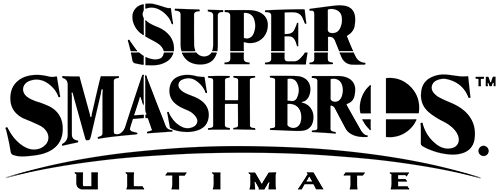Protein synthesis is a critical process that occurs within cells and is an essential mechanism for determining cell structure and function. Transcription and translation are the two steps in the process. In this article, we will look at making protein synthesis possible.
Transcription
The first part of the Protein Expression Service is transcription. It is the process by which genetic instructions in DNA are transferred to mRNA. An mRNA strand is created during transcription to complement a strand of DNA.
Transcription begins when the enzyme RNA polymerase binds to the promoter sequence of a gene. This causes the DNA to unwind, allowing the enzyme to "read" the DNA bases. The two strands of DNA are named according to whether or not they will be used as a template for RNA.
The strand that serves as a template is the template strand, also referred to as the antisense strand. The non-coding or sense strand is the sequence of bases on the opposite strand of DNA. After the DNA has been opened and the RNA polymerase has been attached, the RNA polymerase moves along the DNA, adding RNA nucleotides to the growing mRNA strand.
The template strand of DNA is used to generate mRNA through complementary base pairing. When the mRNA strand is finished, it detaches from the DNA. The result is an mRNA strand nearly identical to the coding strand DNA, except that DNA uses the base thymine, whereas mRNA uses uracil instead of thymine.
Processing mRNA
The new mRNA in eukaryotes is not yet ready for translation. It is known as pre-mRNA at this stage and must undergo additional processing before leaving the nucleus as mature mRNA. Splicing, editing, and polyadenylation are all possible processing steps. These processes alter the mRNA in a variety of ways. Such changes enable a single gene to produce more than one protein.
Splicing
Splicing removes introns from mRNA. Introns are non-coding regions of a protein. The remaining mRNA is made up entirely of exons, which code for the protein. The ribonucleoproteins are small proteins in the nucleus that contain RNA and are required for splicing.
Editing
Some of the nucleotides in mRNA are altered by editing. Because of editing, a human protein called APOB, which aids in the transport of lipids in the blood, has two distinct forms. Because editing adds an earlier stop signal in mRNA, one form is smaller than the other.
Polyadenylation
Polyadenylation is the addition of a "tail" to the mRNA. The tail consists of a string of As (adenine bases). It denotes the end of mRNA. It also aids in the export of mRNA from the nucleus and protects mRNA from enzymes that may degrade it.
Translation
The translation is the second component of molecular biology's central dogma: RNA Protein. It is the process of reading the genetic code in mRNA to create a protein. After leaving the nucleus, mRNA moves to a ribosome of rRNA and proteins. The ribosome reads the codon sequence in mRNA, and tRNA molecules transport amino acids to the ribosome in the correct order.
The translation is divided into stages: initiation, elongation, and termination.
Initiation
After transcription, the mRNA exits the nucleus via a nuclear pore and enters the cytoplasm. The ribosome's small and large subunits bind to the mRNA at the region containing the methylated cap and the start codon. These are then joined by a tRNA that contains anticodons that match the mRNA's start codon. An initiation complex is a collection of molecules (mRNA, ribosome, and tRNA).
Elongation
tRNA continues to deliver amino acids to the growing polypeptide via complementary base pairing between mRNA codons and tRNA anticodons. As a tRNA enters the ribosome, an amino acid from it is transferred to the growing polypeptide. When this transfer is finished, the tRNA exits the ribosome, the ribosome moves one codon length down the mRNA, and a new tRNA with its corresponding amino acid enters. The polypeptide grows as this process is repeated.
Termination
The ribosome will keep translating the mRNA molecule until it encounters a termination codon. When this happens, the tRNA molecule releases a developing protein known as a polypeptide chain, and the ribosome separates into large and tiny subunits once more.
The freshly generated polypeptide chain goes through several alterations before becoming a fully functional protein. Proteins have a wide range of uses. While some will be utilized in the cell membrane, others will stay in the cytoplasm or be carried outside the cell. One mRNA molecule can produce many copies of a protein. This is because multiple ribosomes can translate the same mRNA molecule at the same time. Polyribosomes or polysomes are ribosome clusters that translate a single mRNA sequence.
Bottomline
Protein synthesis is a necessary process that occurs regularly within cells. The procedure is used to generate new proteins, which are then used by the body for various vital functions. The process consists of two stages: transcription and translation, with the need for processing in between.
Transcription is the process by which genetic information is transferred from DNA to mRNA via initiation, elongation, and termination. The newly formed mRNA strand then exits the nucleus and attaches to a ribosome in the cytoplasm. This is the point at which translation begins. The genetic data is read during this stage, causing tRNA to transport the correct sequence of amino acids to the ribosome, resulting in the formation of a polypeptide chain. Finally, the polypeptide chain may be processed to produce the finished protein molecule.









